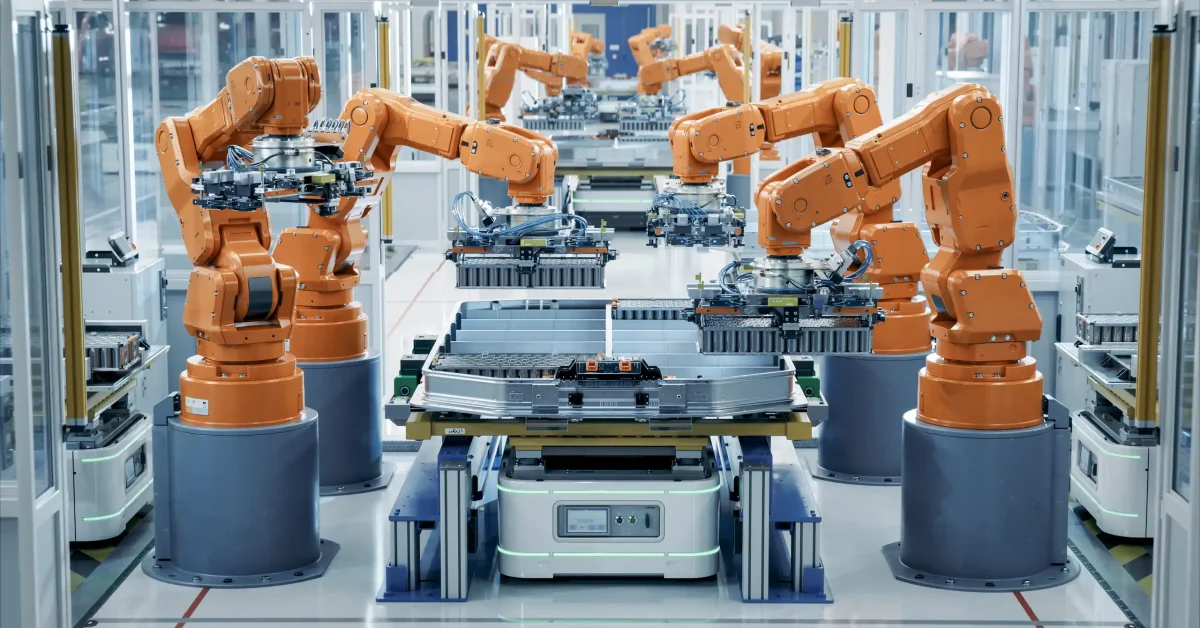ChatGPT made artificial intelligence accessible — and usable — for almost everyone. And now, just more than two years later, the release of the faster, more affordable DeepSeek AI model, and its rapid embrace by Microsoft, has shown how quickly AI is evolving and touching many elements of our daily lives. Here are five areas in which artificial intelligence will continue to have an increasingly influential presence in 2025:
Health care
Though it’s being utilized to speed diagnoses and increase early detection of disease, artificial intelligence also is being used to improve care for patients, both in the hospital and after they’re discharged.
“It used to take us the better part of a year to hard-code our motion sensor to detect someone’s gait, balance or range of motion (to determine their reaction time and risk of falling). So we built an AI detector that compressed that time down to about two hours,” says Frank Fornari, chair of biotechnology company BioMech. “That allowed us to make tests quickly based on the needs of the patient, the practitioner and the payer. Better info, faster, means better outcomes for everyone.”
Cybersecurity
Although bad actors quickly adopted artificial intelligence for a variety of illicit applications, it’s also being used to heighten security proactively. While those measures may not be obvious, they’re at work behind the scenes online and in our everyday lives.
“We’re now using good AI to combat nefarious AI. Solutions are being developed … that have the ability to research, track [and] identify phishing scams to identify questionable or cybersecurity attacks,” says Chrissann Ruehle, provost faculty fellow for artificial intelligence at Florida Gulf Coast University. “Let’s say I’m using Microsoft Office and I use my calendar to organize all of my business trips. AI has the ability to identify those times out of the norm that show up on your calendar or show up through your Microsoft profile to let you know someone might have stolen your identity. One of the big fears right now is identity theft … and AI gives us the opportunity to have more control over our profile and how our actions are being used.”
Machine learning and robotic process automation
While they’re considered different branches of artificial intelligence, both machine learning and robotic process automation, or RPA, are often applied in business uses to automate repetitive tasks, save time and increase efficiency. And given AI’s ability to manage large amounts of information, businesses that work with big data are seeing even greater adoption of RPA.
“One of the areas where we’re seeing RPA used frequently is in the accounting field. People working in the accounting space and in the finance space definitely need to have a solid understanding of what these technologies are, because they’re so prevalent,” Ruehle says. “If people are working in the accounting field, on budgets, in finance or they’re working to do some analysis with numbers, RPA is frequently used in those spaces and … it has become almost a career competency that people will need to have.”
Low code/no code software tools
Just as ChatGPT allowed everyone to put artificial intelligence to work to create almost anything, now practically anyone can create software applications with little or no coding ability. That increased development of so-called low code or no code apps is an effort by large tech companies to encourage greater adoption of their products.
“A lot of people quickly adopted ChatGPT. As a result … we’ve seen an influx in other free types of low code/no code programs,” says Ruehle. “[Tech companies] have recognized that, in order to ship their product or deliver their product to a broader consumer base, they need to make it accessible. As a result, tech providers have been developing low code/no code programs … to make their products accessible for people who are nonprogrammers.”
Embedded artificial intelligence
Whether it’s composing a better email in Gmail, enhancing your resume on LinkedIn, sharpening your presentation in PowerPoint or shopping smarter on Amazon, artificial intelligence is now embedded in almost every major online application and site. And, for good or bad, that’s an AI trend Fornari expects to continue in 2025 and beyond.
“The argument for AI is the more data points I have, the faster that I can process them. That may be true with some applications for AI. But for other applications, sometimes the more you’re feeding it … and you don’t have it in proper form, it’s kind of ‘garbage in, garbage out,’” he says. “If it makes your life better, more efficient and solves the problem, it’s going to be around forever. People always migrate to the solution. AI will evolve like everything does.”





